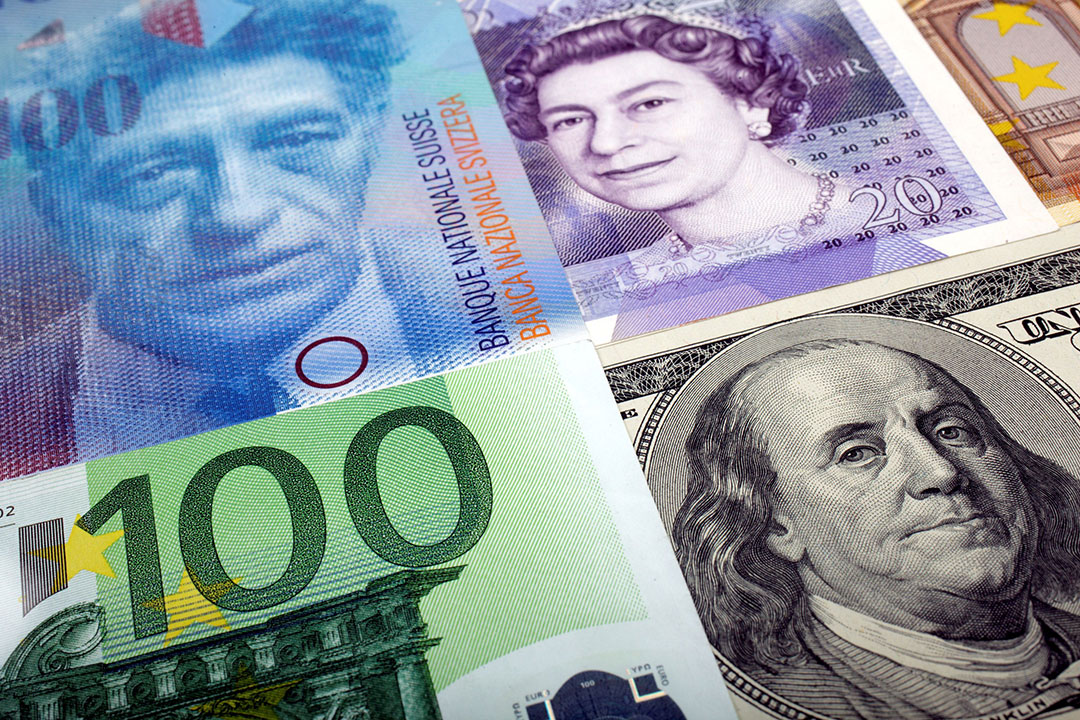




Monthly Economic Update: One for the road
 DOWNLOAD
DOWNLOAD

Inflation Update: Still low, still slow
 DOWNLOAD
DOWNLOAD

Philippines Trade Update: Exports momentum continues
 DOWNLOAD
DOWNLOAD


‘Hot money’ exit continues in May

More foreign capital left the Philippines for a fourth straight month in May, although significantly lower than a year ago as investor sentiment improved.
Data from the Bangko Sentral ng Pilipinas (BSP) showed transactions on foreign portfolio investments registered with the central bank through authorized agent banks posted a net outflow of USD 124.49 million in May.
This is a 54% drop from the USD 270.42-million net outflow in the same month last year. Month on month, it was 64.6% lower than the USD 351.87-million net outflow in April.
Foreign portfolio investments are commonly referred to as “hot money” due to the ease by which these funds enter or leave the economy.
The lower hot money outflows in May were likely due to the better economic landscape, China Banking Corp. Chief Economist Domini S. Velasquez said in a Viber message.
“The US debt ceiling impasse was resolved and at that time the Fed was expected to pause in its hiking cycle. The slightly depreciated peso could have also helped,” she said.
Meanwhile, the peso depreciated by 77 centavos or 1.37% to PHP 56.15 on May 31 from its April 28 close of PHP 55.38 against the dollar.
“The narrower net foreign selling could have been attributed to the easing inflation trend in recent months amid the decline in global crude oil prices,” Rizal Commercial Banking Corp. Chief Economist Michael L. Ricafort said in a Viber message.
Philippine inflation cooled to 6.1% in May — its slowest level in a year — from 6.6% in April. Still, this is the 14th straight month inflation breached the BSP’s 2-4% target. To date, inflation has averaged 7.5%.
BSP data showed gross inflows of hot money stood at USD 844.72 million in May, down by 12.5% from USD 965.62 million a year earlier. Month on month, gross inflows increased by 18.5% from USD 712.83 million in April.
The bulk or 69.7% of investments went into Philippine Stock Exchange (PSE)-listed securities, mainly in banks, food, beverage and tobacco, holding firms, property, and transportation services.
The remaining investments went to peso government securities and in other instruments.
The top five investor countries are the United Kingdom, the United States, Singapore, Luxembourg, and Hong Kong, which accounted for 86.6% of foreign portfolio investment inflows.
Meanwhile, gross outflows dropped 21.6% to USD 969.21 million in May from USD 1.24 billion in the same month a year earlier. It also slipped 9% from the USD 1.06-billion outflows in April.
The BSP said that 66.2% of total outward remittances went to the United States.
For the first five months, hot money yielded a net outflow of USD 805 million, a reversal from the USD 1.1-billion net inflow in the same period in 2022.
“Lingering concerns about the pace of Fed tightening continued to entice foreign outflows. Direction of flows will likely be informed by the outlook for Fed policy in the rest of the year,” ING Bank N.V. Manila Senior Economist Nicholas Antonio T. Mapa said in a Viber message.
The US Fed, which has raised borrowing costs by 500 basis points (bps) since March 2022 to tame inflation, has paused its policy tightening earlier this month. However, it may hike by two more 25 bps at its next meetings this year.
“Moving forward, we expect hot money to remain weak as central banks expect to continue to tighten (in advanced economies) and hold rates at a relatively high level,” Ms. Velasquez said, adding this would make fixed-income investments more attractive.
Stock markets in advanced economies such as the US and Japan also continue outperform developing markets like the Philippines.
The central bank expects foreign portfolio investments to end the year at a USD 2.5-billion net inflow. — Keisha B. Ta-asan
This article originally appeared on bworldonline.com





 By BusinessWorld
By BusinessWorld